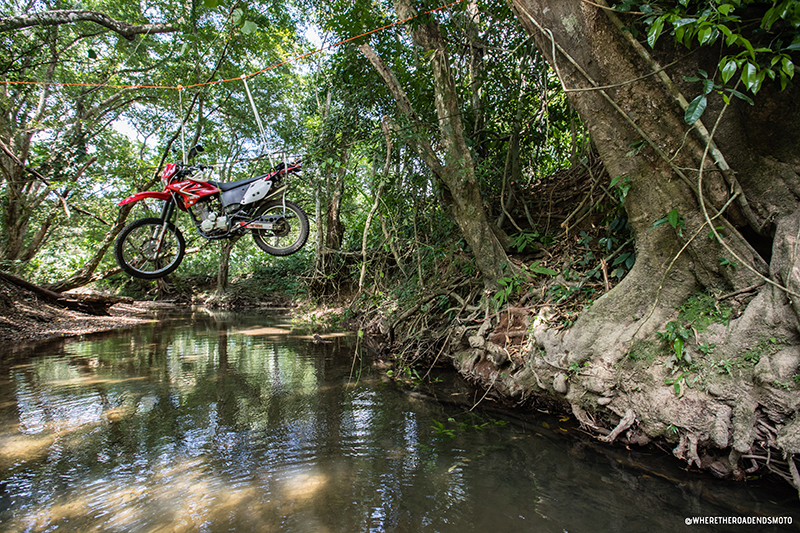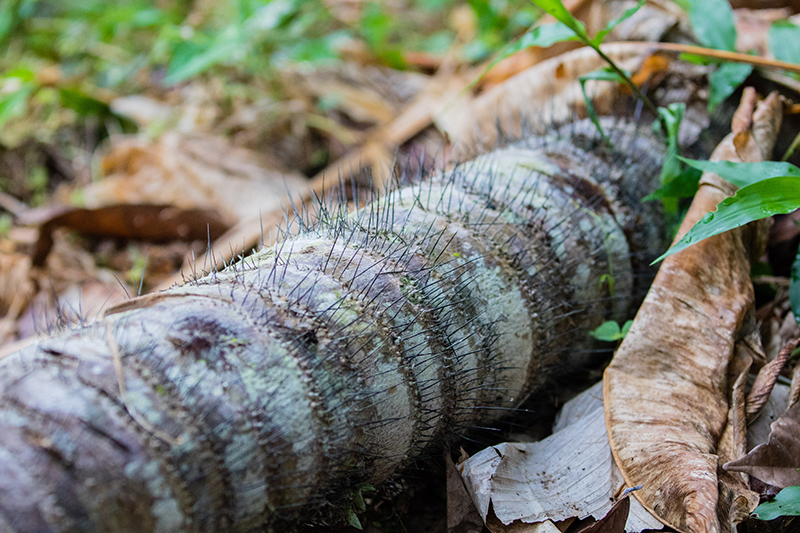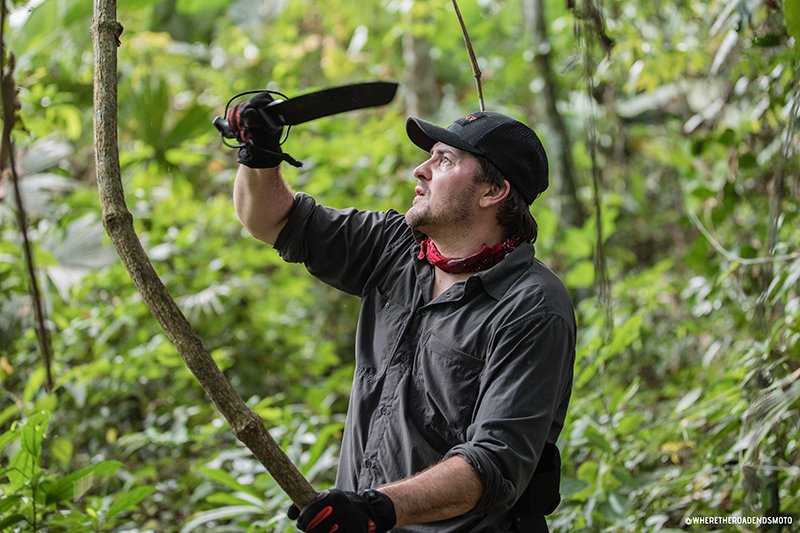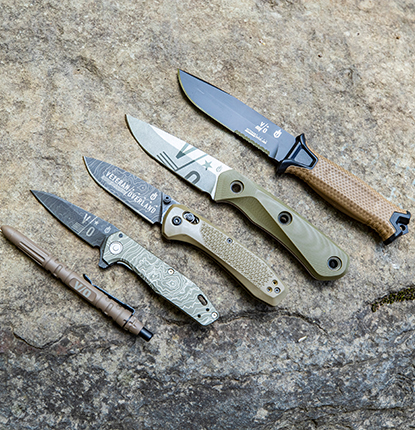
It’s difficult to imagine that an expedition stretching from the subzero tundra of the Arctic Circle to the sweltering deserts of South America, spanning some 19 thousand miles across 14 countries, could have a “dangerous part.” But for the Pan-American Highway, the Darién Gap is exactly that. A lawless expanse of swampy jungle occupying the borderland between Panama and Columbia. The highway evaporates leaving 100 miles of muddied rivers and tropical flora, before coming into clarity a hundred miles to the southeast.
Constructing roads or bridges through this region would be a logistical nightmare: extremely costly, both economically and environmentally. So there are none. The geography on the Colombian side is dominated by the Atrato River delta, which creates a flatland of marsh and swamp fifty miles wide at its narrowest. The Panamanian side features a mountainous rainforest that rises and falls dramatically, from yawning ravines drawing cavernous swaths across the valley floor, to the soaring peak of six-thousand foot Cerro Tacarcuna.

The region teems with peril. Exotic plants, snakes and insects. Stifling heat and humidity. And of course, drug smugglers, poachers, human traffickers, and antigovernment guerillas. Run a quick internet search of Darién Gap and you’ll find among the included terms “monsters,” “terrifying,” “missing tourist,” and “death.”
The dangerous part.
Which is exactly why the Where the Road Ends crew has spent the most time and energy planning for this stretch. It’s why they’ll be leaving Deadhorse, Alaska, amidst some of the coldest temperatures on the planet—so they can hit the Gap in the dry season, minimizing at least one threat from the roiling jungle: seasonal monsoons.

Where there is no path, the team will hack their way through vines and ferns and mangrove. Where there is no bridge, they’ll cross gullies and ravines using rudimentary rope-and-pulley systems—ferrying bikes and gear one gondola at a time. And even as they plan for every pitfall, and meticulously navigate the route, there’s still the issue of food. The team will thoughtfully pack what they can, and rely on plantains and rice to round out their diet, both of which are plentiful in the region. They want to err on the side of caution, but space is limited so they’ll have to be intentional, hoping for the best and planning for the worst. Because even with all the planning, packing, and precautions, there’s only one thing this crew knows for certain: there are no certainties in the Darién Gap.






